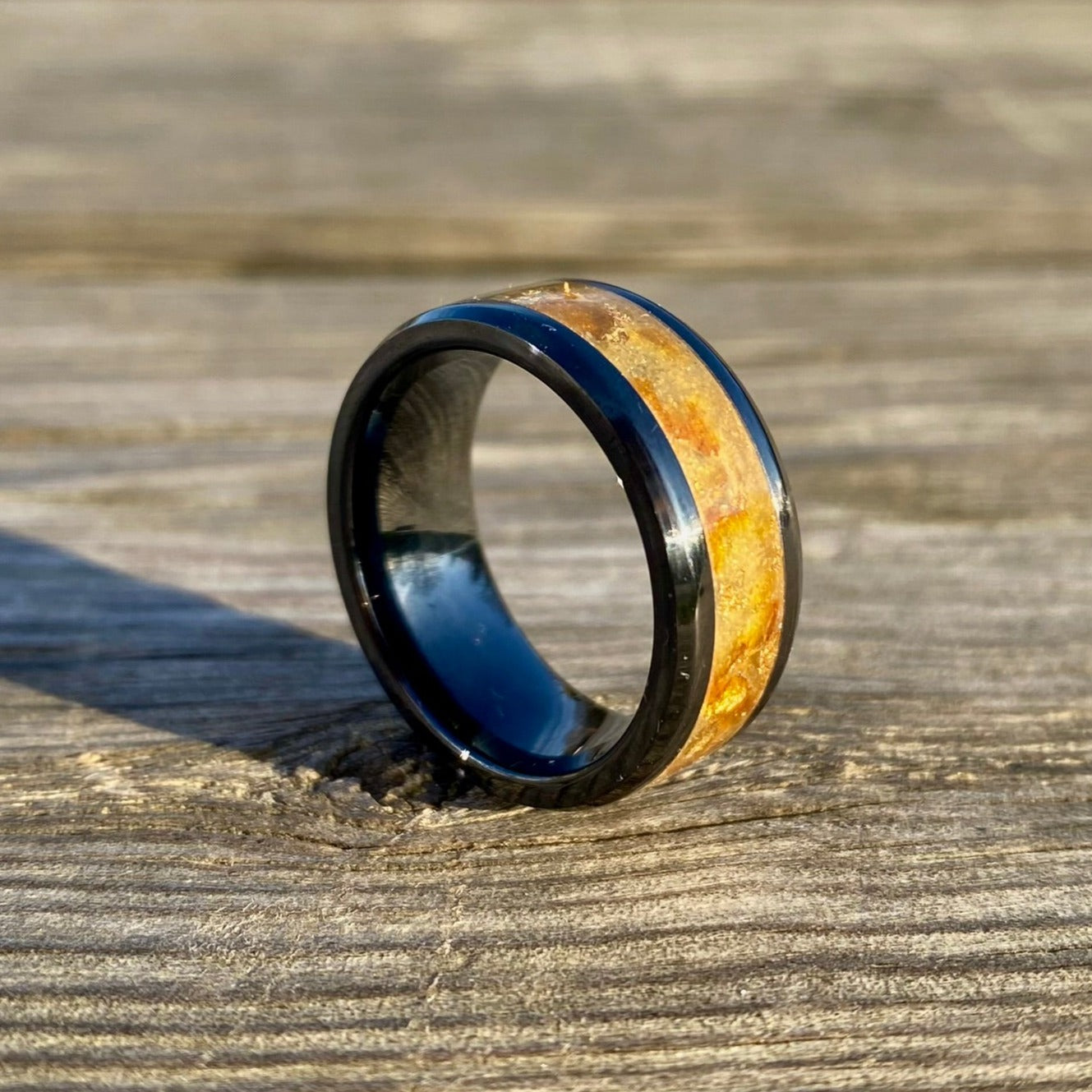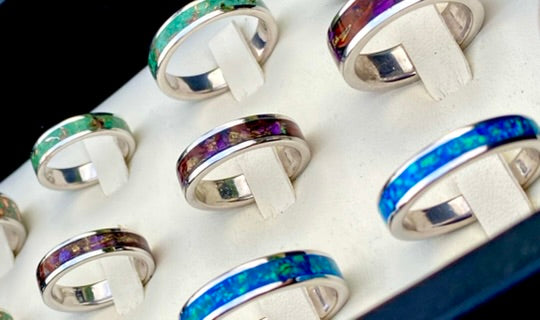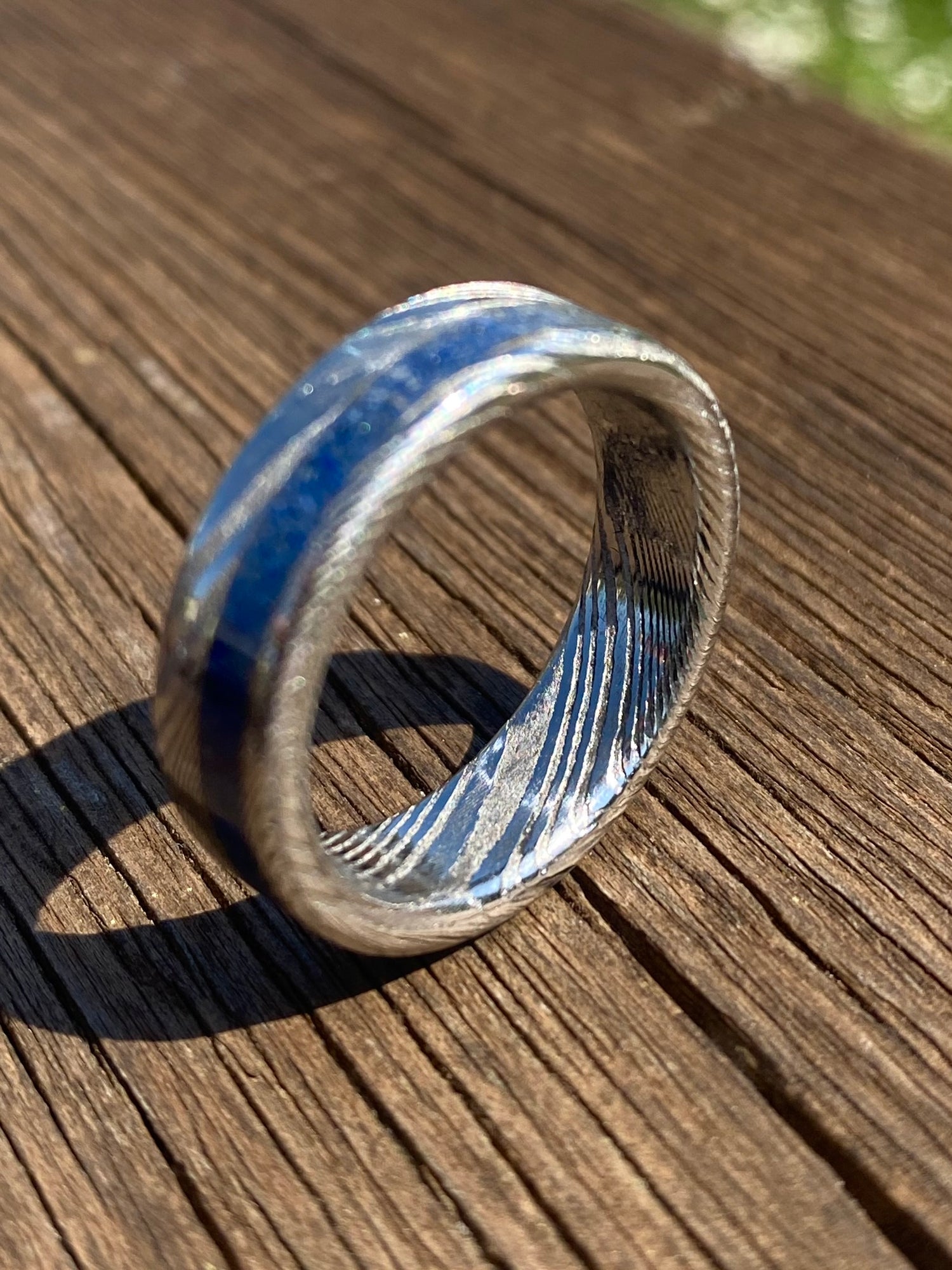🔍 Carnelian is a variety of chalcedony, a cryptocrystalline form of quartz, whose color tone can vary from pale orange to dark red.
Chemical formula: SiO2
Hardness (Mohs): 7
Crystalline System: Trigonal
Luster: Resinous, Waxy
⏳ The name carnelian derives from the Latin " cornus", the name of the dogwood shrub, whose fruits are red. The first carnelian artifacts date back to the early Neolithic, in Bulgaria. Over the centuries it was widely used in jewelry. Its use was extensive by the Ancient Romans, who engraved the stone, drawing it and making the "mold" with it for the wax seals of important documents.
🧪 As with amethyst, which has the same chemical formula, the coloring of carnelian is also due to the action of ionizing radiation on the iron ions present in the crystalline lattice. The difference in color and shade is therefore attributable to the specific geological and formation conditions that influence the arrangement and behavior of the ions in the quartz crystalline lattice.
🌎 The main carnelian deposits are found in South America, Sri Lanka and Madagascar.







